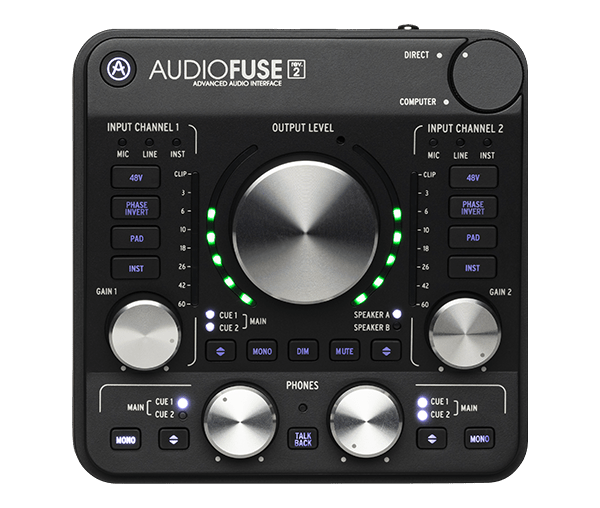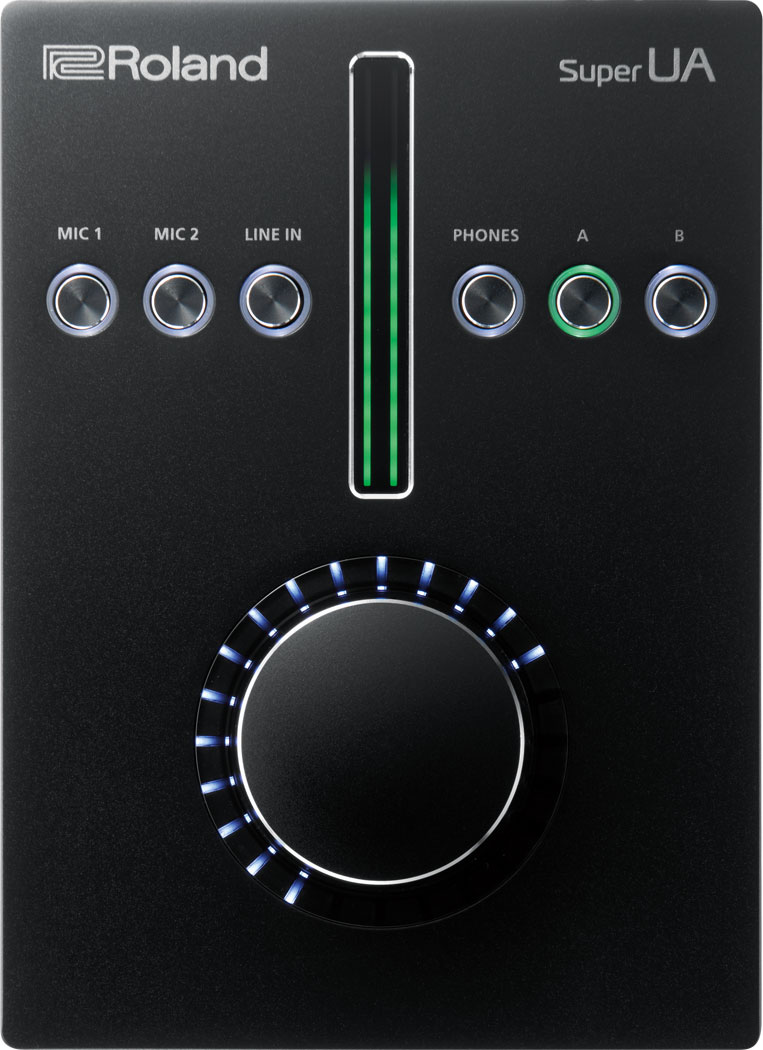

The latest 3rd Generation of the Scarlett has been tweaked to deliver better sonics with sample rates up to 192kHz, and lower latency. One thing that separates this line from other audio interface developers is that while others will release a new version of their product every two or three years, Focusrite is updating every year. And while its simple design has made it a great first choice for beginners, its emphasis on quality has meant that it continues to be favored by professionals as well. This interface has earned a reputation of reliability among podcasters, producers, and guitarists alike. The Focusrite Scarlett didn’t become the highest-selling interface in the world by chance. Very reliant on software, which may not suit some players

And unlike other ‘stripped back’ interfaces, the Solo has held onto it’s midi inputs and outputs, making it a much more complete home studio package than many of its peers.

Its smaller size and the fact that the Solo doesn’t require an external power source also makes it a more transportable option. If you are starting out or are mostly going to be recording on your own but still want to get the best possible guitar sounds at home, the Solo really does offer everything you’d need for about $100 less than the I/O. While this may be restrictive for some needs, it will also suit others down to a tee. Same goes for the outputs, moving from five on the I/O to three on the I/O Solo.

The Solo still has the same great sounding preamp and specialized guitar input with the impedance-adapting circuit, as well as the amp output that made the I/O a popular choice among guitarists looking to capture their unique tonal print, it’s just there are less of them. While the I/O offers two XLR combo and two instrument inputs, the Solo offers just one of each – hence the name. In fact, there’s not much difference between these two at all it’s really just the number of inputs and outputs. The little brother to the Axe I/O, the Solo manages to nail all the crucial things despite its slimmed down package. Some people may miss the preset button found on the larger model
RECORDING INTERFACE FOR MAC SOFTWARE
Factoring in the portability, design, usability and this software package, for just over $100, the Komplete Audio 2 represents great value for money for the guitarist looking to start their recording journey. It does, however, come with a decent package of bundled content that includes Ableton Live 10 Lite, Maschine 2 Essentials, Monark synth, Phasis phaser, Replika delay and Solid Bus Compressor. One of the biggest downsides to this interface, however, is that direct monitoring – which allows the user to listen directly to the input signal of the interface – can not be done through the main output and can only be done via headphones. With one big knob to control the main out level and a simple five-point level display, it is also very simple to use in terms of monitoring. With these inputs, users can move between mic and instrument through the use of individual selector switches, while phantom power can be engaged from a separate global switch. The 2-in-2-out interface notably features two XLR-¼” combo inputs to help keep the size of this device – which weighs a feather light 380g – to a minimum. Easily one of the slickest looking interfaces around, the Komplete Audio 2 offers a simple yet powerful recording experience for guitarists.


 0 kommentar(er)
0 kommentar(er)
